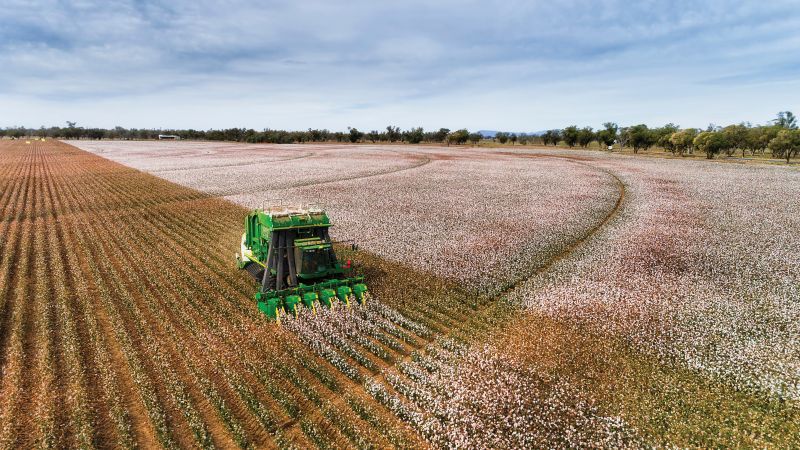Set Treatment Schedule for Plant Bugs
From Cotton Grower Magazine – June 2015
It’s plant bug season again.
From emergence and on through flowering and fruiting, cotton’s public enemy number one makes life miserable for growers, especially for those in the Mid-South and in other pockets of plant bug activity across the eastern Cotton Belt.
Plant bug management is difficult, exhausting, frustrating and pricey. But best management practices developed through nearly a decade of research offer a roadmap to help growers stay a bit ahead – or at least on top of – major plant bug problems.
“We can’t control plant bugs with insecticides alone like we can other insects,” said Jeff Gore, assistant research professor at Mississippi State University’s Delta Research and Extension Center. “We’re generally dealing with very high plant bug numbers now, and they’re resistant to pretty much everything we have available as far as insecticides.”
Gore, speaking during the Common Thread luncheon at the 2015 Mid-South Farm and Gin Show, noted the impact that planting date and varietal maturity can have on plant bug management. Studies have shown that cotton planted in early May often needs fewer treatments than fields planted in mid to late May.
Thankfully, more than half of Mid-South growers (based on USDA Crop Progress estimates) met or beat that deadline with cotton planting this season, in spite of lingering cool, wet weather that often delayed field work.
“I think the majority of our growers will be in a pretty good shape,” said Gore. “That’s not to say they won’t have to deal with plant bugs, because they will. But it puts them in a better position to not have to be quite as intensive with plant bug management that some later acres will require.”
Part of the challenge with plant bugs comes from increasing levels of resistance throughout the growing season. That resistance generally declines during the winter months, allowing earlier planted fields to start off with lower levels of resistance than they’ll end the season with. But now, growers need to be on the offensive to protect the crop, regardless of planting date and variety.
“Several years ago, we began recommending a tankmix for plant bugs,” stated Gore. “We have resistance to organophosphates and pyrethroids and can only get 30 to 40 percent control with each of them. But it seems we get a little synergistic effect when we mix them, taking us up to 70 to 85 percent control.”
The years of research have shown that two sequential applications about four to five days apart can help get plant bug populations under control. A third application can come later.
“I tell growers that if your consultant tells you to spray for plant bugs, go ahead and plan on doing it four or five days later,” added Gore. “That first application is not going to provide the level of control we need. It’s best to just go ahead and plan to make that next application. It could save some applications later.”
How long should the battle drag on? Gore realizes that growers will need as many of these best management practices as they can stand, especially when they’re watching every dollar spent in a less favorable cotton market.
“From the research we’ve done – and we’re doing more this year to verify these findings – it looks like a four-week period through flowering is when we make the majority of the crop,” he said. “Beyond that point, we’re spending a lot of money to make a little bit of cotton. I think we can probably save one or two applications at the end of the season.”








